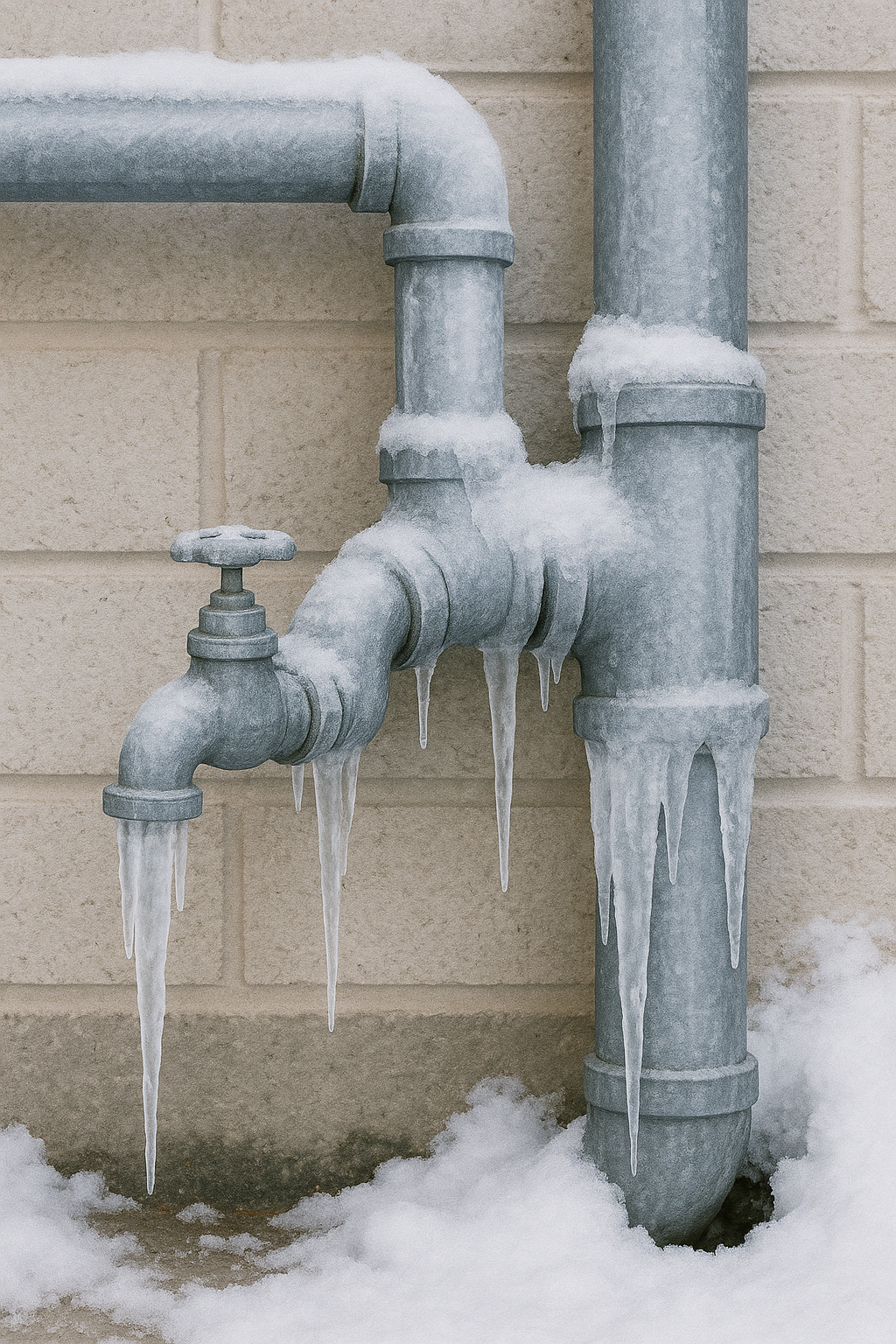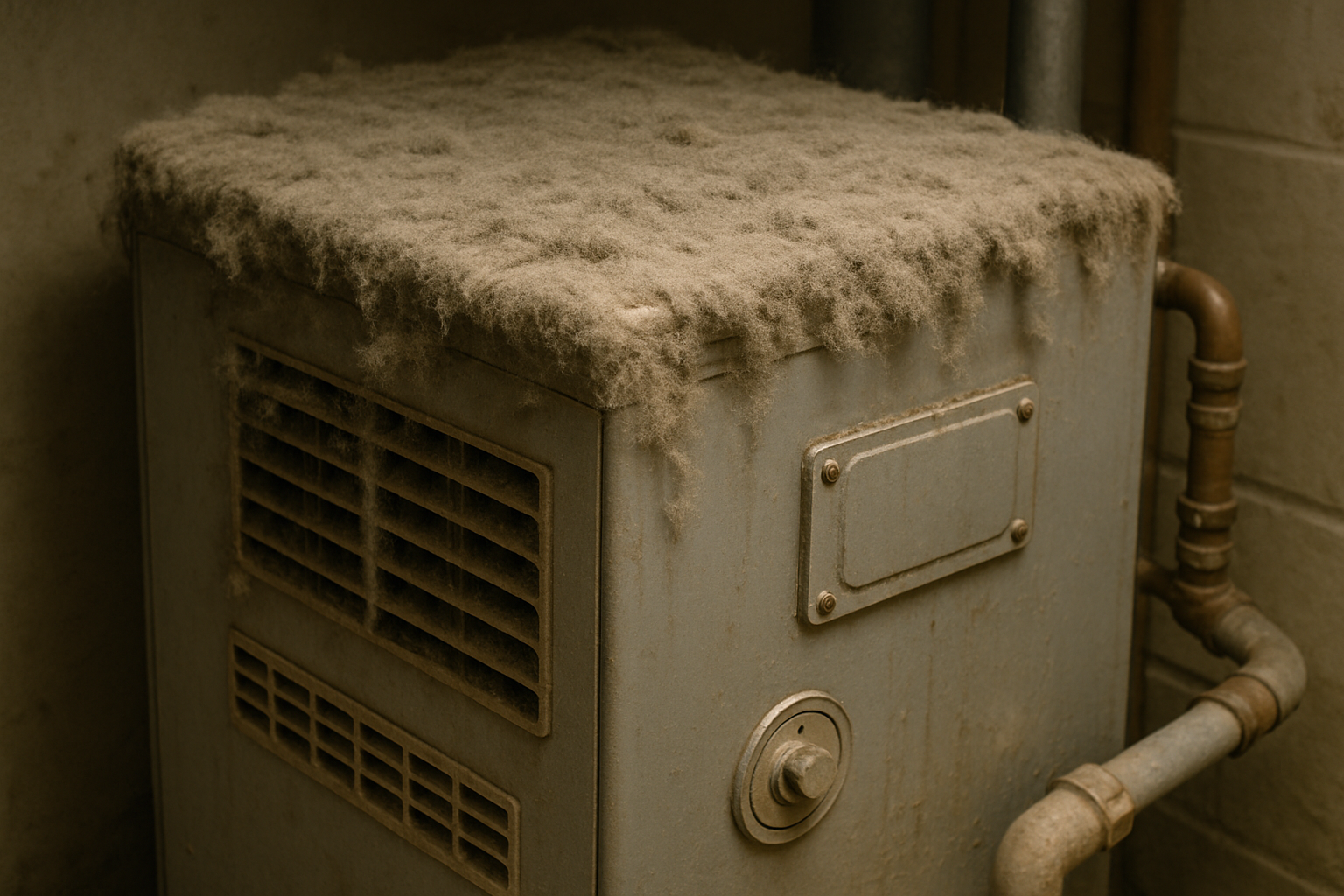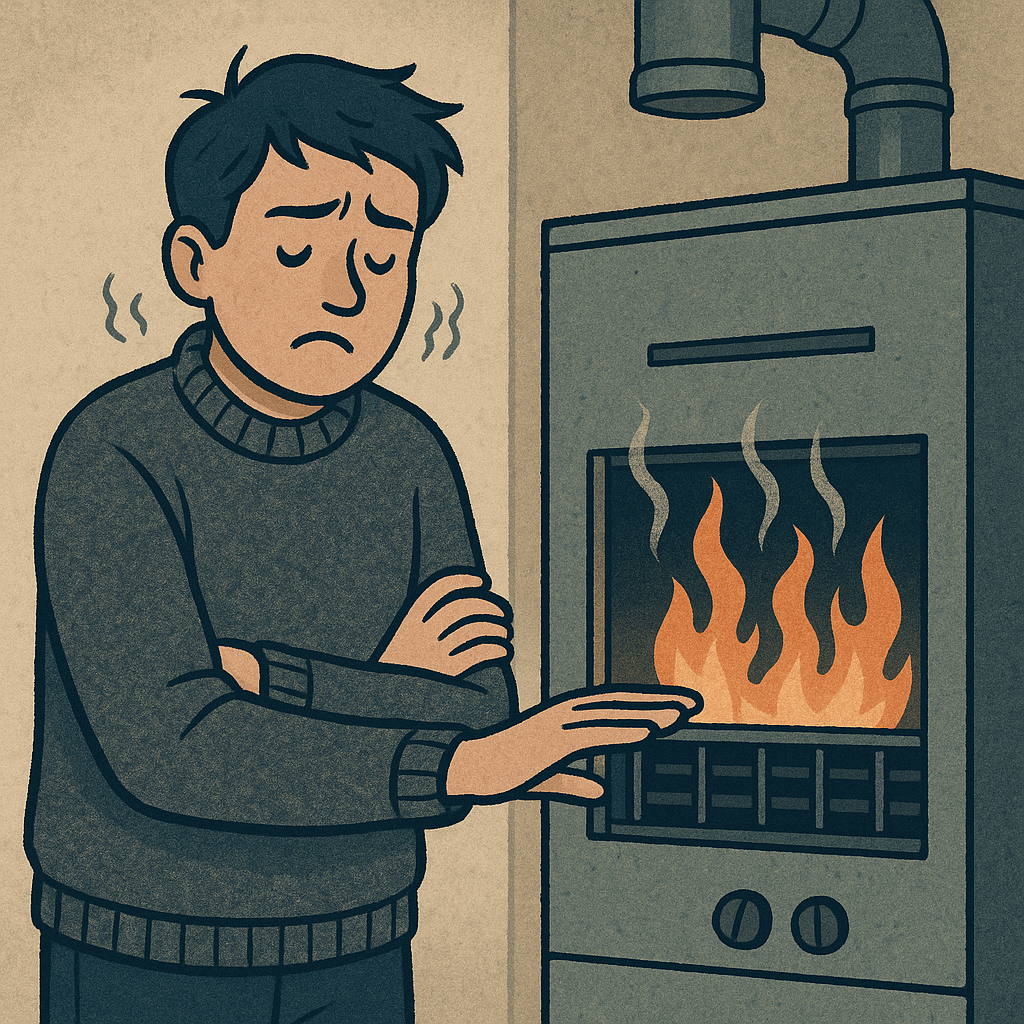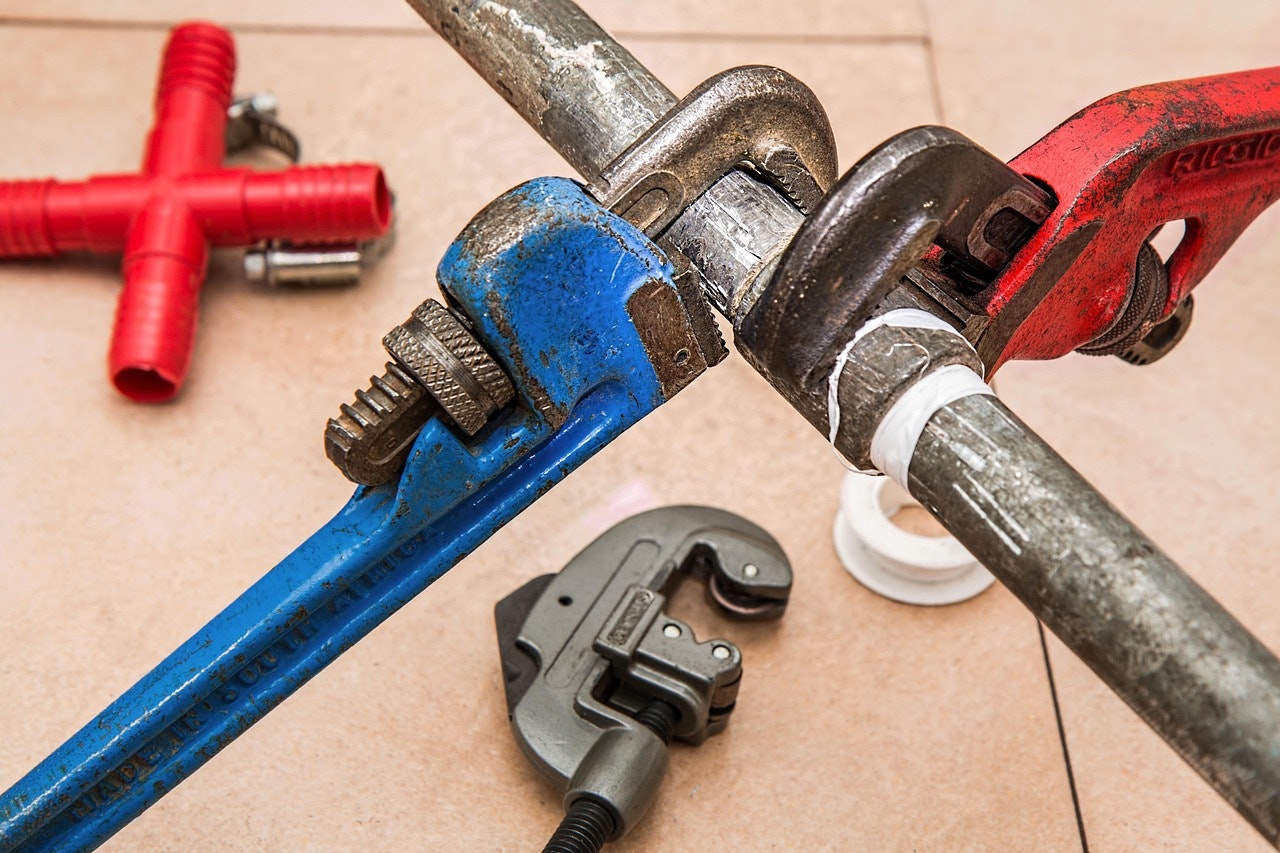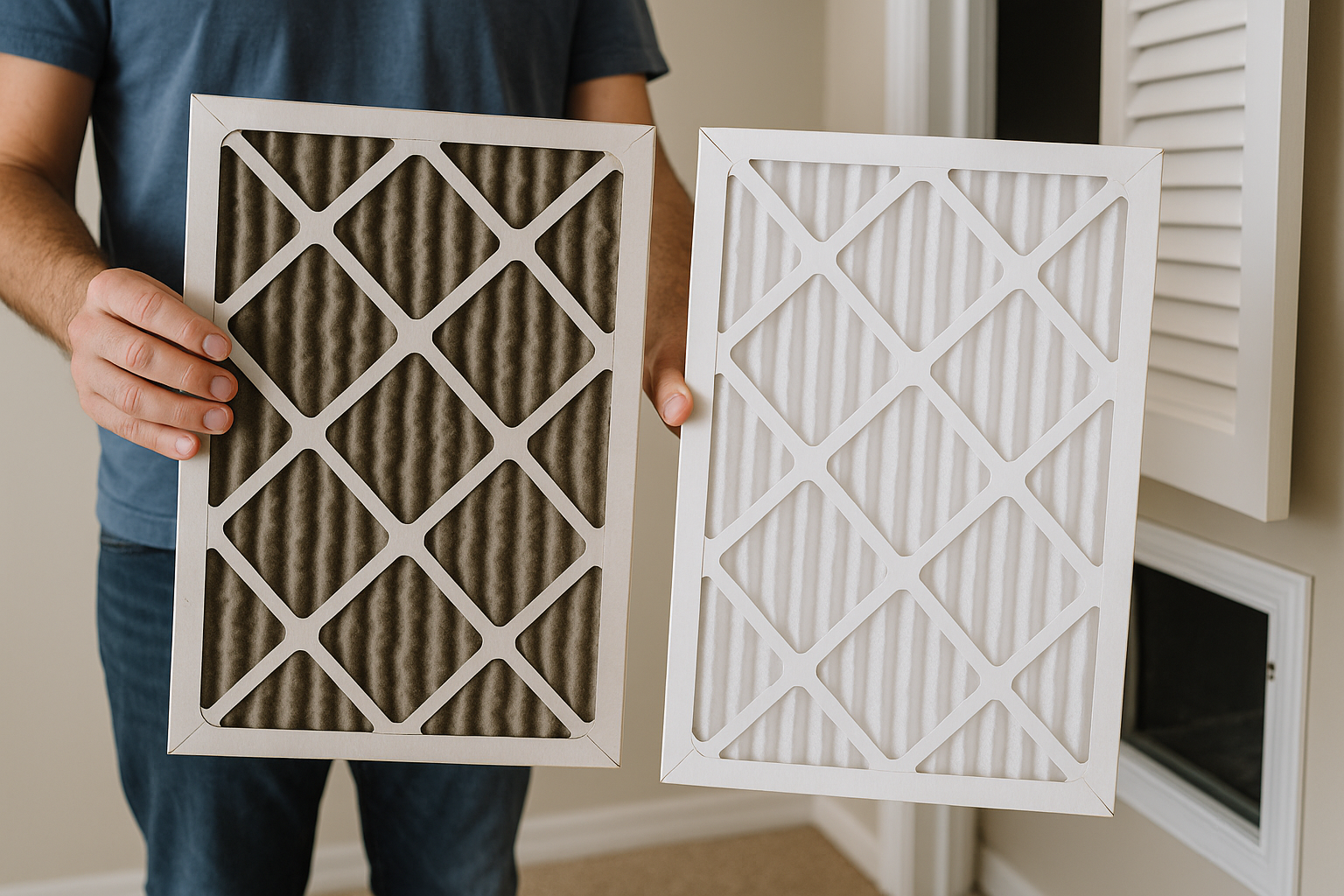The Science and Evolution of Toilet Paper - Why It’s the Only Thing You Should Flush
Stephen Ferdinando | Apr 16 2025 18:00
The Science and Evolution of Toilet Paper — and Why It’s the Only Thing You Should Flush
The Humble Beginnings of Toilet Paper
Toilet paper, as we know it today, has a surprisingly rich history. While humans have always needed ways to stay clean, what they used varied widely across cultures and eras — from moss and leaves to sticks, sponges, and even corn cobs.
The modern, commercially available toilet paper was first introduced in the United States by Joseph Gayetty in 1857. His product, "Gayetty’s Medicated Paper," was infused with aloe and marketed as a health product. The true game-changer came in 1890 when the Scott Paper Company began selling rolls of perforated paper, much closer to what we use now. The convenience, hygiene, and comfort of toilet paper soon made it an everyday necessity.
The Science Behind the Roll
Toilet paper might seem simple, but there is plenty of science involved in its production. It’s made from a blend of softwood and hardwood fibers, typically sourced from sustainably managed forests. The manufacturing process involves pulping the wood, removing lignin (which makes paper stiff), and refining the fibers to create a soft, pliable product.
Key scientific qualities that set toilet paper apart include:
- Disintegration: Designed to break down rapidly when exposed to water.
- Solubility: Engineered to dissolve in water so it won’t clog pipes or overwhelm sewage systems.
- Softness and Strength: Balanced to ensure comfort without sacrificing usability.
This delicate balance is achieved through precise engineering and rigorous testing — factors that distinguish toilet paper from other paper products.
Why Toilet Paper Should Be the Only Thing You Flush
Modern plumbing and wastewater systems are built to handle only human waste and toilet paper. Flushing anything else can cause severe issues:
1. Clogging
Items like paper towels, facial tissues, and "flushable" wipes don’t break down the same way toilet paper does. They can get caught in pipes, creating blockages that are costly to fix.
2. Fatbergs
Non-dissolvable materials combine with fats, oils, and grease to form fatbergs — massive, sewer-blocking conglomerates that require intensive labor and resources to remove.
3. Damage to Infrastructure
Flushing inappropriate items increases wear and tear on municipal water treatment systems, raising maintenance costs that often fall back on taxpayers.
4. Environmental Impact
Items that don’t decompose properly can end up in waterways, harming wildlife and polluting ecosystems.
The “Flushable” Wipe Myth
While many products are labeled "flushable," most don’t meet the rigorous breakdown standards of toilet paper. Studies and wastewater agencies repeatedly warn against flushing these products. The best rule: If it’s not human waste or toilet paper, it should go in the trash.
Conclusion
Toilet paper has evolved through centuries of human ingenuity and scientific advancement to become a product uniquely suited for our plumbing systems. It remains the only thing, besides human waste, that you should confidently flush.
So next time you’re in the bathroom, remember — respect your pipes and the planet: Only flush the right stuff.

